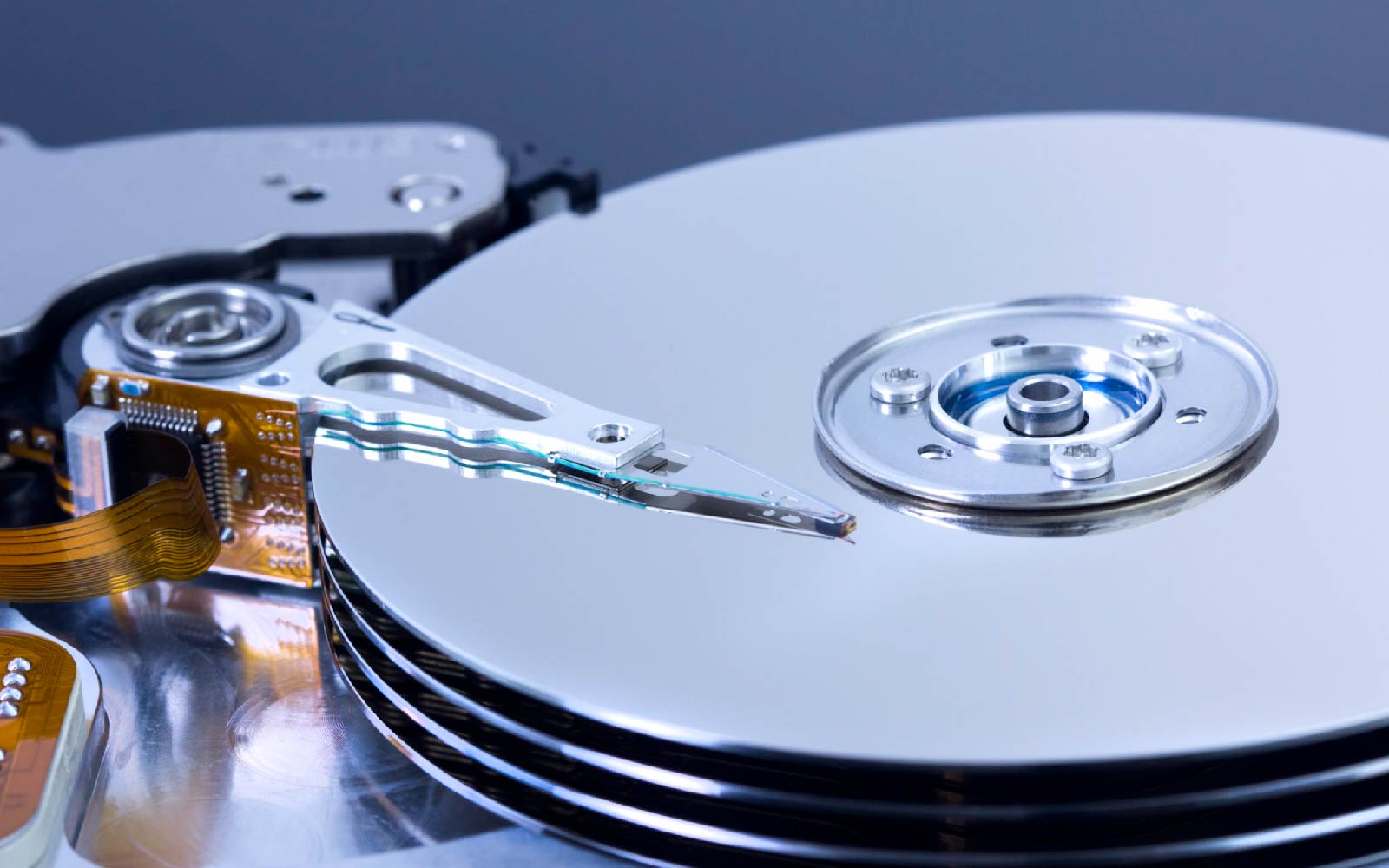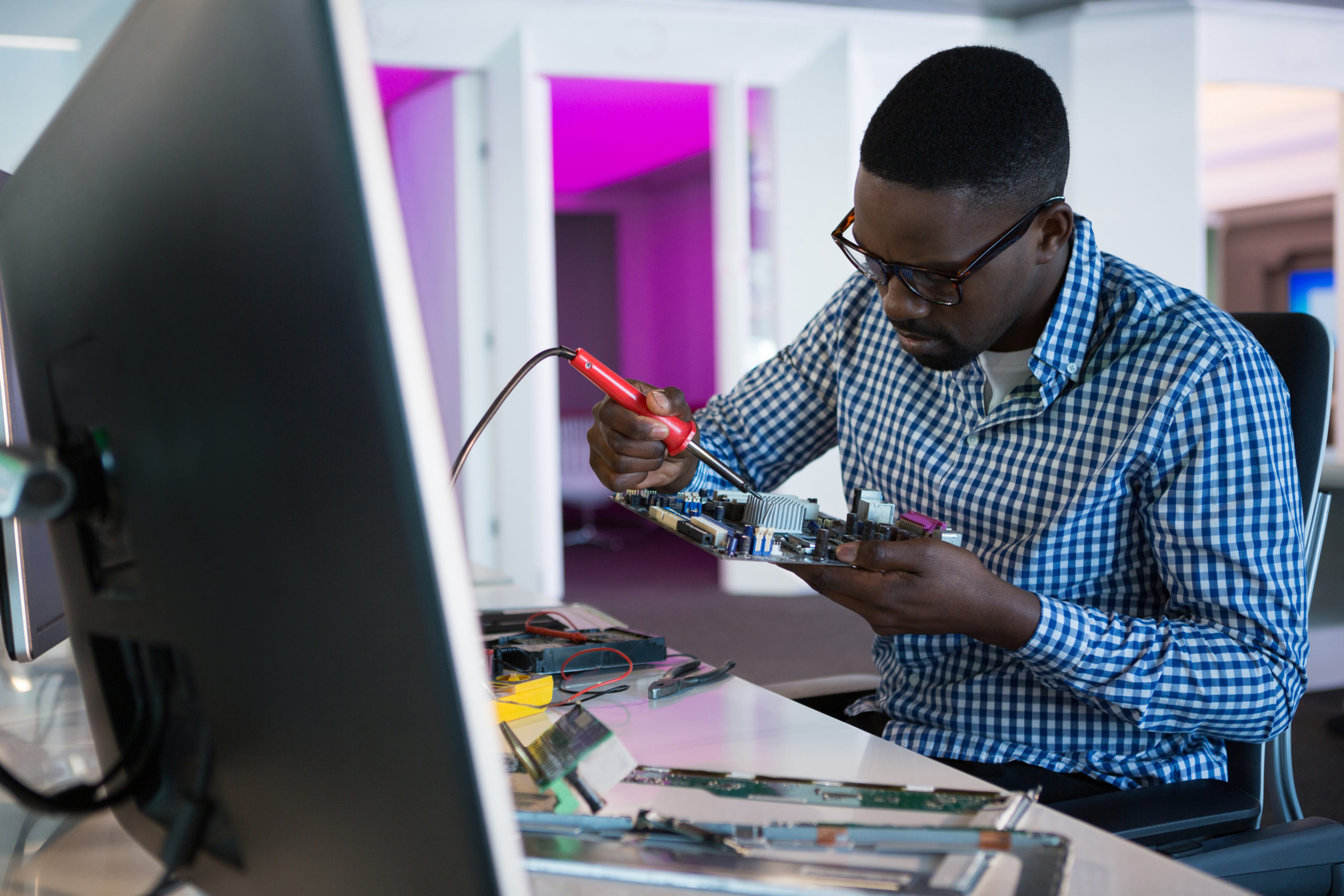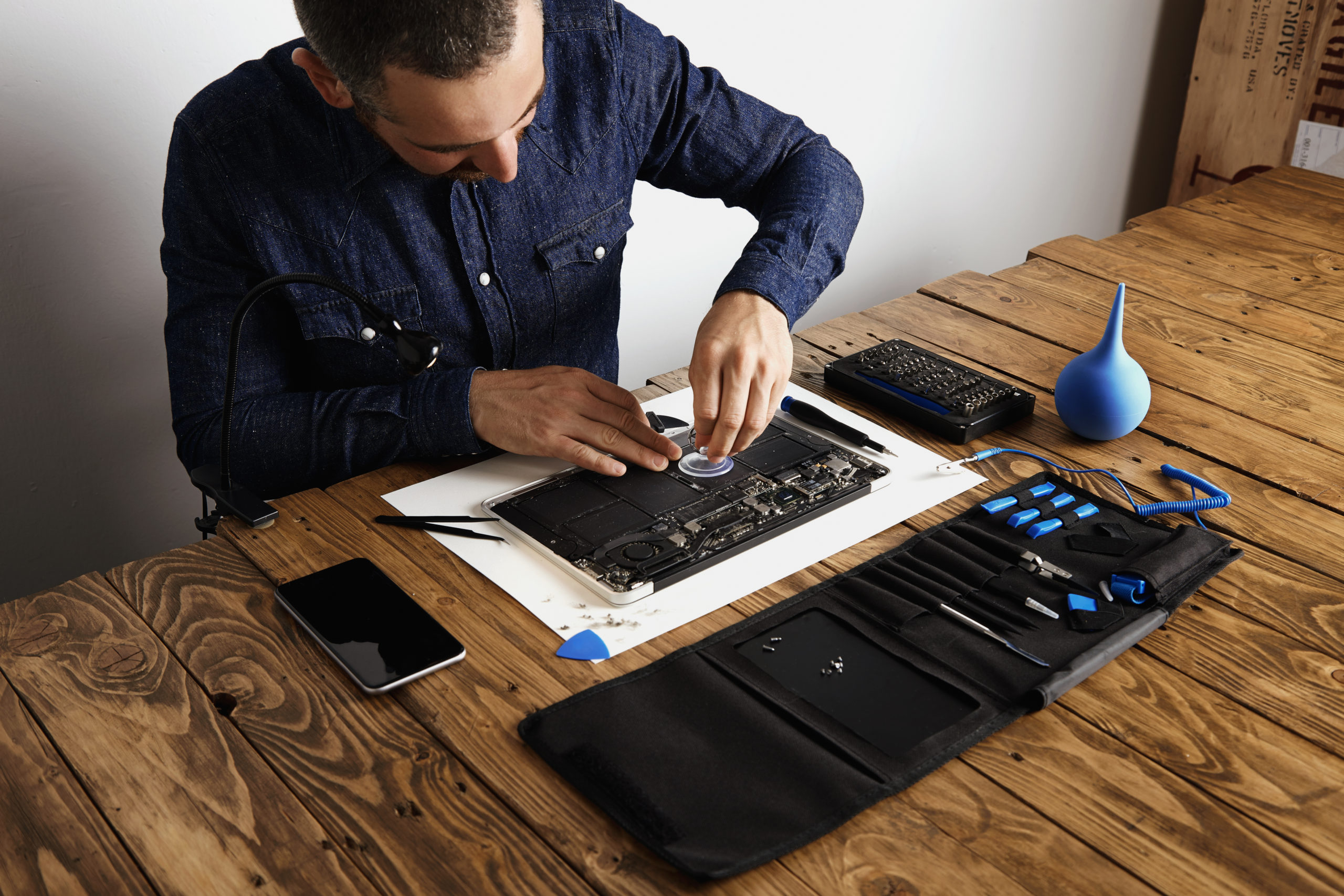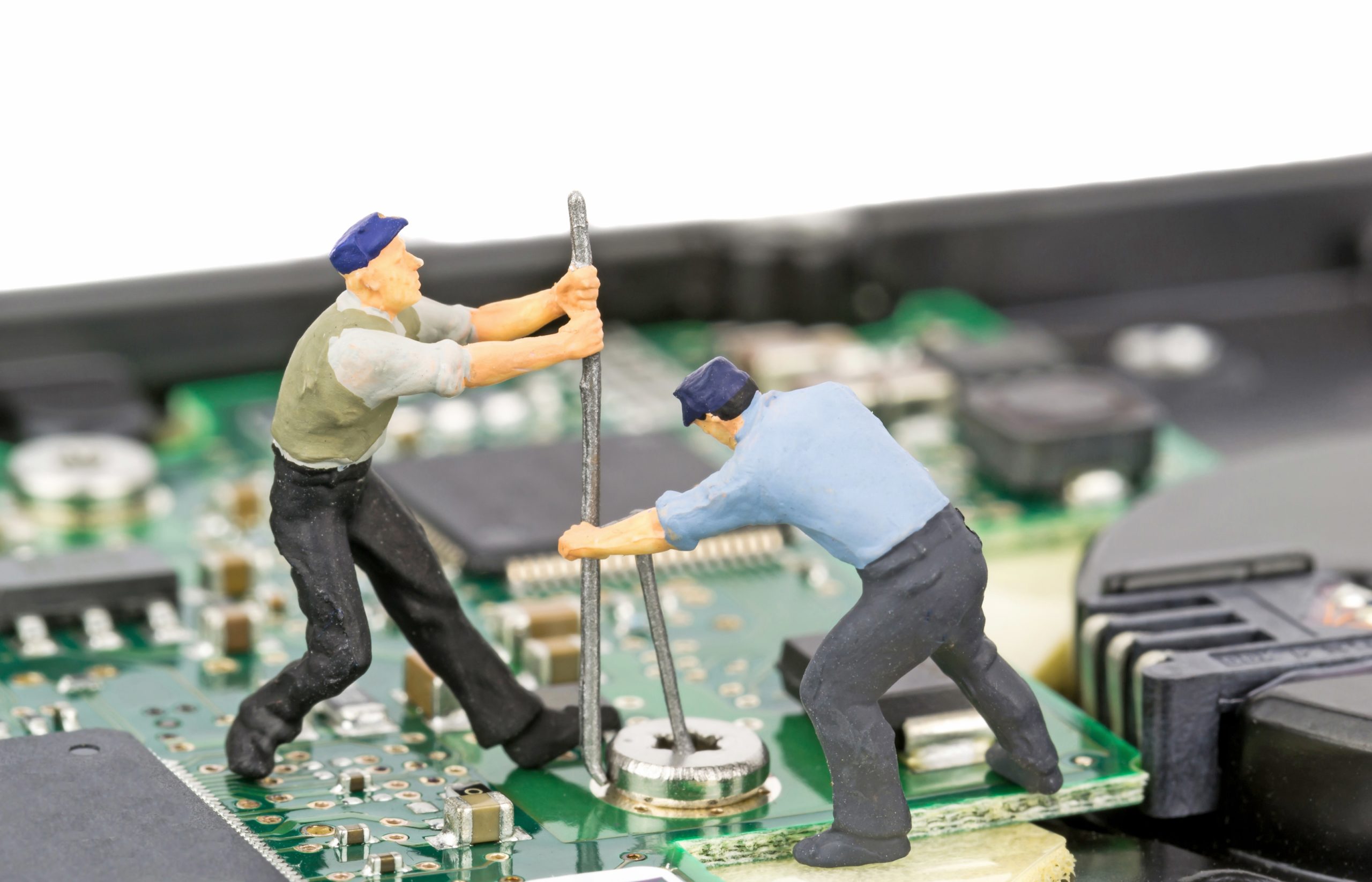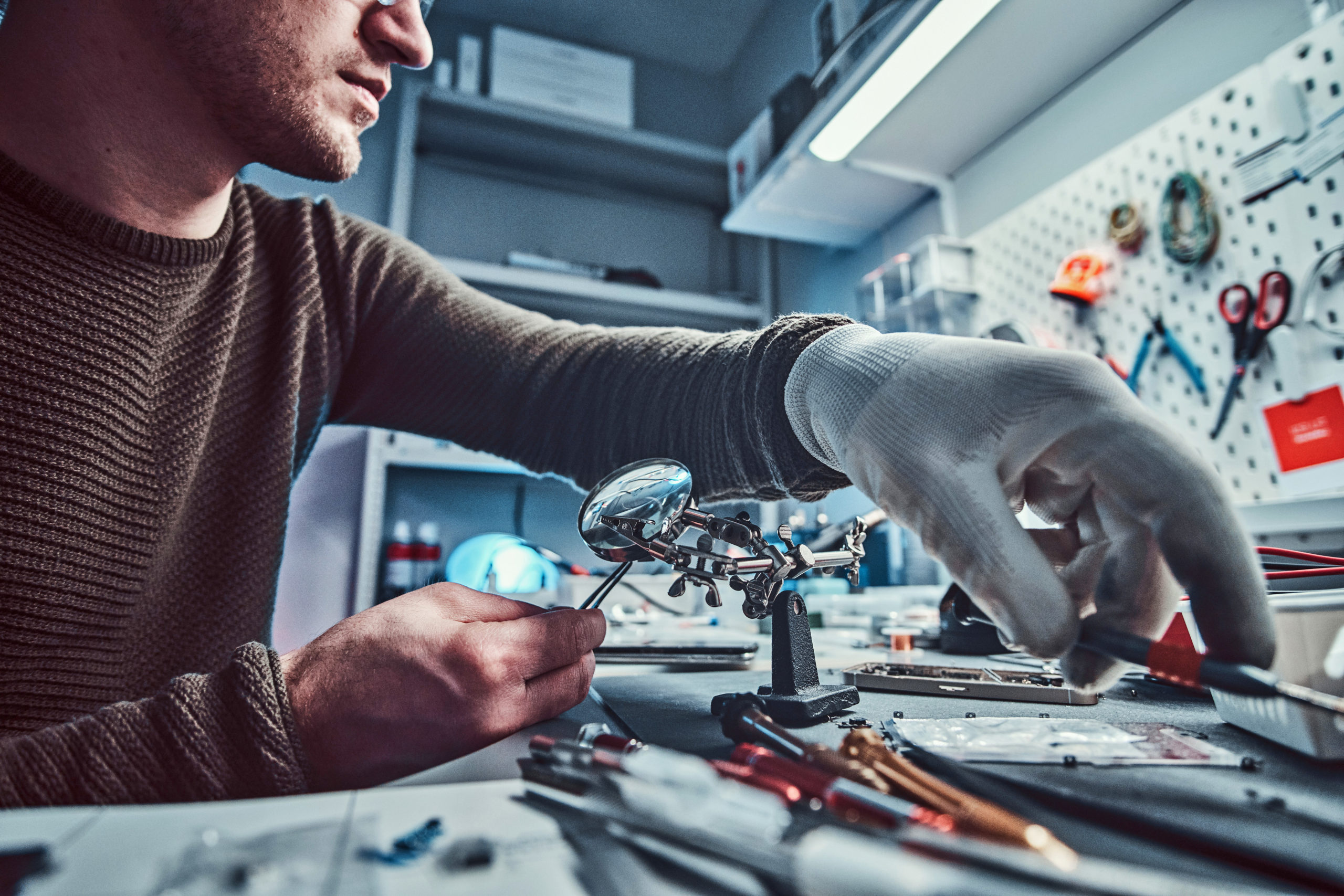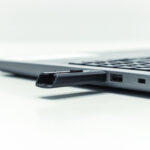
In an era of technological advancement, it’s hard to imagine a single day without smart electronic devices. They’re like your 24/7 companion, the “mobile phone,” or your multi-faceted best friend in times of need, your “laptop.” Admittedly, as they are both electrical devices, they decided to break down one day. What do you do? Getting your phone or laptop repaired can be really puzzling since it’s hard to live a day without such electronics. But which one takes longer to repair? A phone or laptop? Read find out in our article Phone VS Laptop to know more.
Have you ever wondered which one of these gadgets is more complex to repair? A phone or a laptop? A general look will tell you repairing a laptop is much more complicated and expensive than repairing a mobile phone. Although different in size and structure, the microelectronic component in mobiles and laptops is very similar. However, customers tend to have more issues with their laptops than their mobile phones.
This may be because most customers regularly change mobile phones, particularly when a new model. Meanwhile, it can be seen people tend to use their laptops for a much longer time than they use their mobile phones, averaging somewhere between 3 years to a maximum of 7 years.
Repairers claim at least a hundred or so every day people visit them with various levels of problems with their laptops and mobile phones. Whi8le some ultimately are fatal and may need replacement, here are some of the common issues that can be fixed.
Some of the most common problems with laptops are as follows:
- Dust accumulation between chagrin ports and keyboards. Professional cleaning is required to get rid of this dust completely.
- Internal disk cleaning and setting up strong firewall protection. To protect the laptop from viruses. Removing viruses from your computer is also essential.
- Configuration and installation of a new laptop. This is mainly applicable to laptops that use the Windows operating system.
- Chagrin cable replacement and hard drive repair is other common issue.
Meanwhile, the most common problems with smartphones are:
- Replacement of the phone screen and fixing the touch controls.
- Charging cable and port replacement.
- Power and button replacement due to inefficiency.
- Camera problems where the screen appears blurred or foggy.
- Waterdrop incidents.
- Accidental falls and scratch cleaning.
Generally, the tech netizens would argue that laptop repairs are much more complex than simple smartphone repairs. So why is laptop repairing more difficult and expensive than mobile phones?
Here are some of the key points that they shared from their experience:
- The hardware. The motherboards of laptops are much more challenging to deal with than a mobile phone.
- Fault finding takes hours. Compared to the past, as laptops have become more modernized and lightweight, components have become smaller. According to experts, with component shrinkage, it has become increasingly challenging to find the point of failure. A laptop repair that used to take an hour or two can now take a whole day or more.
- Along with decreasing the size of the components used in the motherboard, the number of elements had increased in a limited space to add the more advanced technology. This makes fault detection more challenging.
- Need skilled workmanship. One has to be very efficient to do this intricate chip work with the BGA machine in the laptop motherboard.
Even though smartphones are comparatively much smaller than laptops, it can be more complicated to work on repairing a smartphone than a laptop.
- As the hardware is much smaller than the laptop, it’s harder to find faults.
- Mobiles tend to be more “packed” with components in a small space and other hardware and a battery. So it’s harder to identify problems at a specific location as they are interconnected and dependent.
- A much more skilled job. Repairers usually work on tracing PCB and look into the motherboard with the help of a microscope and multimeter.
- Data recovery from a memory card is much more intricate and time-consuming as there are no spare drives or external memory in most smart devices. There is a chance that once it’s gone, it’s gone permanently.
- It may be pretty hard to find specific hardware components for certain models of mobile phones. Especially if they are pretty old, as the smartphone market is constantly evolving.
There is no wrong way to approach a repair for your laptop or smartphone. They are all electrical devices and are not meant to last a lifetime. They will have problems, sometimes which may be bad enough for you to get a replacement or a new one. Both laptop and phone repairs are expensive and require much skill, so make sure you are going to a trusted repairer who will not let you down!
You can also read: Phone Repair With Warranty Where To Fix Your Phone Without Issues

